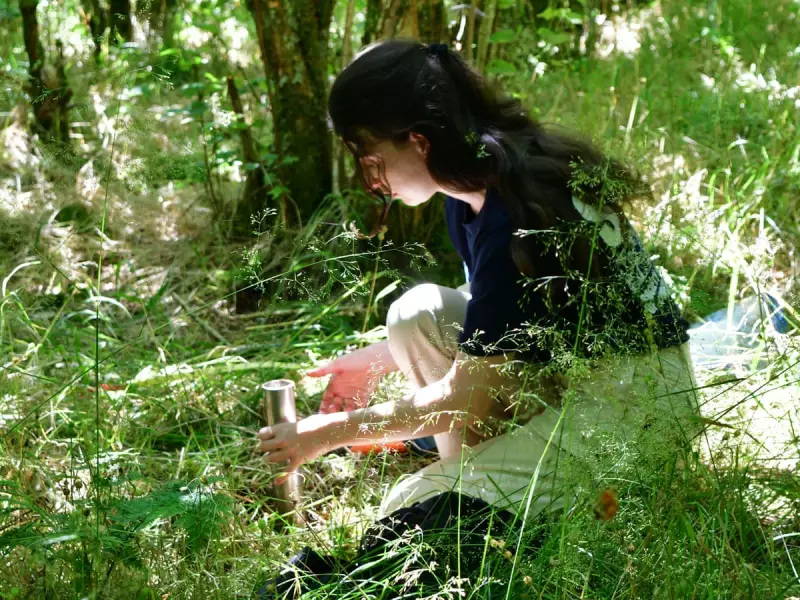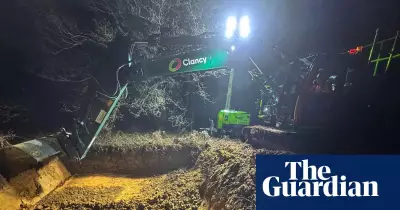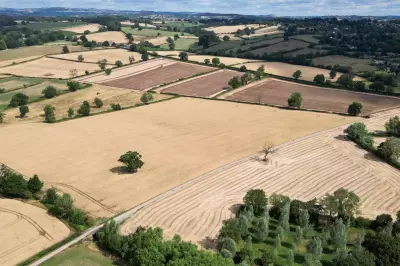
In a landmark scientific breakthrough, researchers have created the first-ever global map of mycorrhizal fungi networks, revealing their crucial role in maintaining healthy forest ecosystems. This revolutionary discovery could transform global efforts to restore degraded woodlands and combat climate change.
The Hidden Network Beneath Our Feet
Mycorrhizal fungi form symbiotic relationships with tree roots, creating vast underground networks that facilitate nutrient exchange between plants. These intricate systems have been dubbed "nature's internet" for their ability to connect entire forest ecosystems.
Key Findings from the Study
- The map identifies distinct fungal communities across different forest types worldwide
- Tropical forests show particularly diverse fungal networks compared to temperate regions
- Areas with intensive agriculture demonstrate significantly reduced fungal diversity
A New Tool for Ecological Restoration
Conservationists are hailing the map as an invaluable resource for forest restoration projects. By understanding which fungi species support different tree varieties, scientists can now:
- Select optimal tree-fungus combinations for reforestation
- Accelerate the recovery of degraded soils
- Improve survival rates of newly planted trees
Dr. Emily Carter, lead researcher on the project, explains: "This map gives us the missing piece in forest restoration. We've always known these fungal networks were important, but now we can use this knowledge practically to rebuild ecosystems more effectively."
Climate Change Implications
The research also highlights how mycorrhizal networks influence carbon storage in forests. Healthy fungal communities help trees:
- Absorb more carbon dioxide from the atmosphere
- Store carbon more efficiently in soils
- Withstand climate-related stresses like drought
With deforestation contributing significantly to global emissions, this new understanding could prove vital in meeting international climate targets.
The Road Ahead
While the map represents a major scientific achievement, researchers emphasize that much work remains. Future studies will focus on:
- How climate change affects these delicate fungal networks
- Developing commercial applications for ecological restoration
- Protecting existing fungal biodiversity hotspots
As the world grapples with biodiversity loss and climate challenges, this groundbreaking research offers new hope for restoring Earth's vital forest ecosystems.





